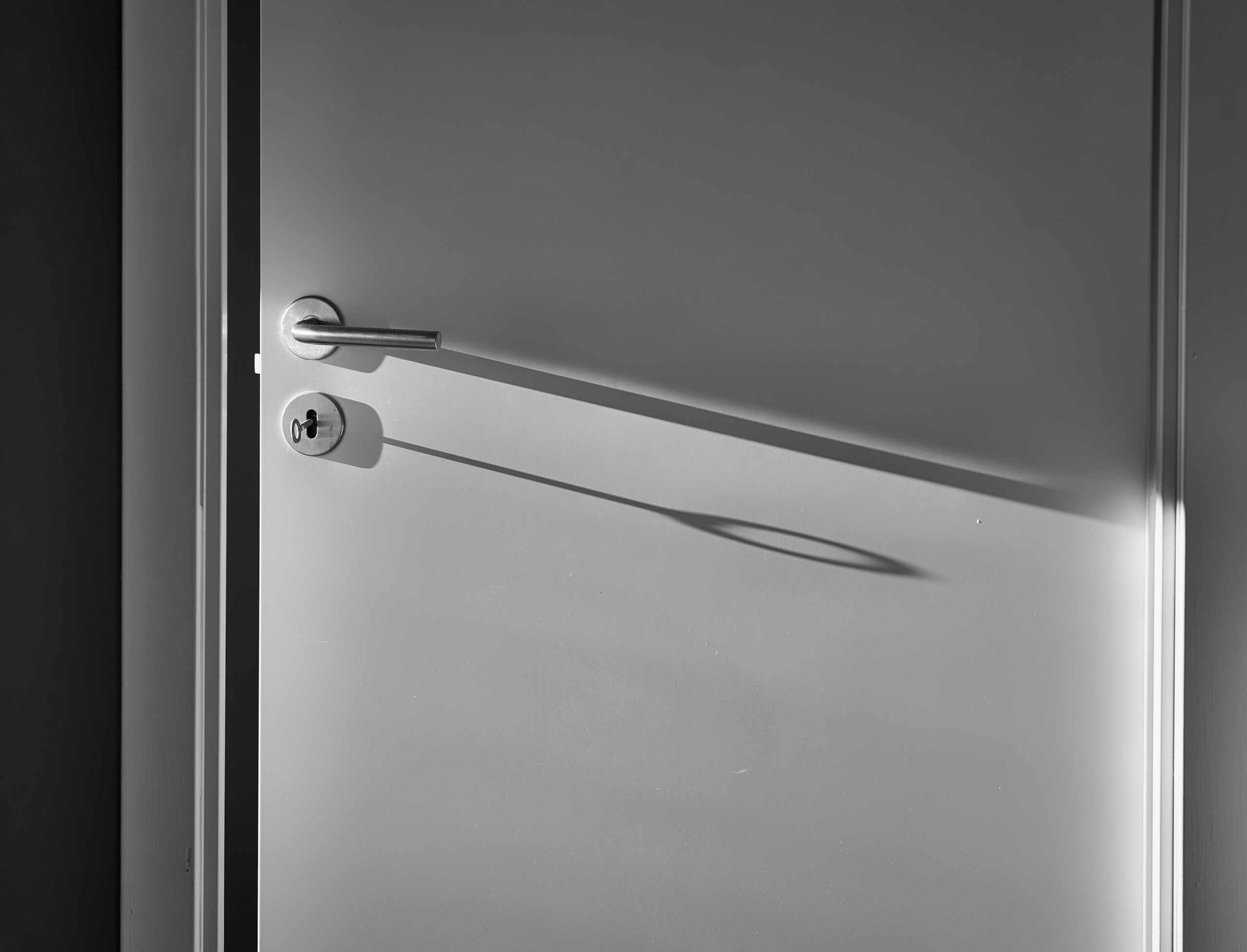
Sentry Fire Safety Group releases its first ESG Impact Report, showcasing its commitment to sustainability, social responsibility and governance. Read more…
Internal fire doors are an important safety feature designed to contain and prevent fire spread within a building. Typically used in residential, commercial, and public properties, our bespoke internal fire door sets are manufactured to help safeguard occupants by providing a barrier that holds back flames and smoke, allowing time for evacuation. Constructed to meet industry standards, internal fire doors must adhere to specific fire resistance ratings, typically ranging from 30 to 120 minutes, depending on the property requirements.
At Sentry Doors, we are dedicated to delivering quality, compliant internal fire doors designed to meet your safety needs. Our fire-rated internal doors feature quality materials, and engineering, and are available in a range of styles to suit any interior.
Whether you’re looking for customised finishes or soundproofing, contact us today – our team is happy to help.
All our internal fire doors are fully certified and comply with UK and EU fire safety regulations.
Every internal fire door set is crafted using the finest materials, ensuring durability and longevity.
Choose from a variety of finishes, styles, and colours to match your interior decor without compromising on safety.
Our fire-rated internal doors are designed to reduce noise transfer, offering added privacy and comfort.
Fire doors are designed to contain fire and smoke, allow safe evacuation, and provide crucial protection for both people and property. For internal fire doors, specific safety requirements must be met to ensure that the doors meet performance in the event of a fire.
Standards dictate that internal fire doors must be made from fire-resistant materials and have an adequate fire rating, typically FD30 or FD60, meaning they can withstand fire for 30 to 60 minutes. This delay allows people more time to evacuate and firefighters to tackle the blaze.
In contrast, external fire doors, often used for exits in commercial buildings, must also adhere to strict safety standards. These doors must open from the inside to facilitate a quick escape. Like internal fire doors, they must be constructed from materials that can withstand high temperatures and prevent the spread of fire and smoke. See our range today.
Selecting the right internal fire door is crucial for both safety and style. We offer a diverse range of colour and design options that allow you to tailor your fire doors to seamlessly fit any interior decor. Whether you’re looking to create a sleek, modern look or a classic aesthetic, our internal fire door sets are made to provide the highest level of fire protection.
When it comes to fire safety, correct installation is crucial. Our team uses the correct testing methods to ensure confidence in your bespoke internal fire doors. For those who prefer to manage installation independently, we provide comprehensive guides that walk you through each step, ensuring your fire doors are properly fitted to meet safety regulations.
With us, you have the flexibility and support needed to safeguard your property effectively.
Order your bespoke internal fire door sets from Sentry Doors today. Our expertly crafted fire-rated internal doors are made to meet your exact specifications, ensuring superior fire protection and the perfect fit for any project. Whether upgrading residential spaces or working on large-scale commercial developments, trust our team for reliability, compliance, and quality you can count on. Browse our online brochure and get in touch today.
Internal fire doors are designed to compartmentalise a building, containing fire and smoke within a specific area to allow safe evacuation and lessen damage. They are typically less dynamic than external fire doors, which must withstand outdoor weather and offer additional security.
Fire-rated internal doors are typically required in buildings with high occupancy, such as flats, hotels, commercial buildings, and certain public spaces. Buildings where individuals may be asleep or where fire risk is higher, like kitchens in commercial spaces, also often require fire-rated doors to ensure a safe escape route. Our team can provide more information.
Regulations for internal fire doors vary by region, but generally fall under building and fire safety codes. In the UK, for example, doors used as part of a fire escape route must meet BS 476 or EN 1634 standards, often requiring at least 30 minutes of fire resistance.
Other aspects, such as correct installation, self-closing mechanisms, and smoke seals, are also regulated in preventing fire spread. For more information see our article on fire door regulations.
The best internal fire doors for flats are typically FD30-rated, providing at least 30 minutes of fire resistance. These internal fire door sets come with seals that expand under heat to prevent smoke and fire from passing through. Popular options include solid core doors with veneer finishes, which both offer aesthetic appeal and durability, crucial in residential settings.
Internal fire doors in flats must comply with local fire safety regulations, which usually require at least FD30-rated doors for entrances to flats and potentially for other high-risk areas like kitchens. In the UK, flats in buildings over 11 metres often require fire rated internal doors to be placed in doors in corridors and staircases. Regular inspections and maintenance are also required by law to ensure they function correctly over a period of time.
Choosing the best internal fire doors depends on your building’s design, regulatory requirements, and aesthetic preferences. Key factors include the internal fire doors’ resistance rating, compliance with local fire safety codes, and materials that suit your interior.
to our Newsletter